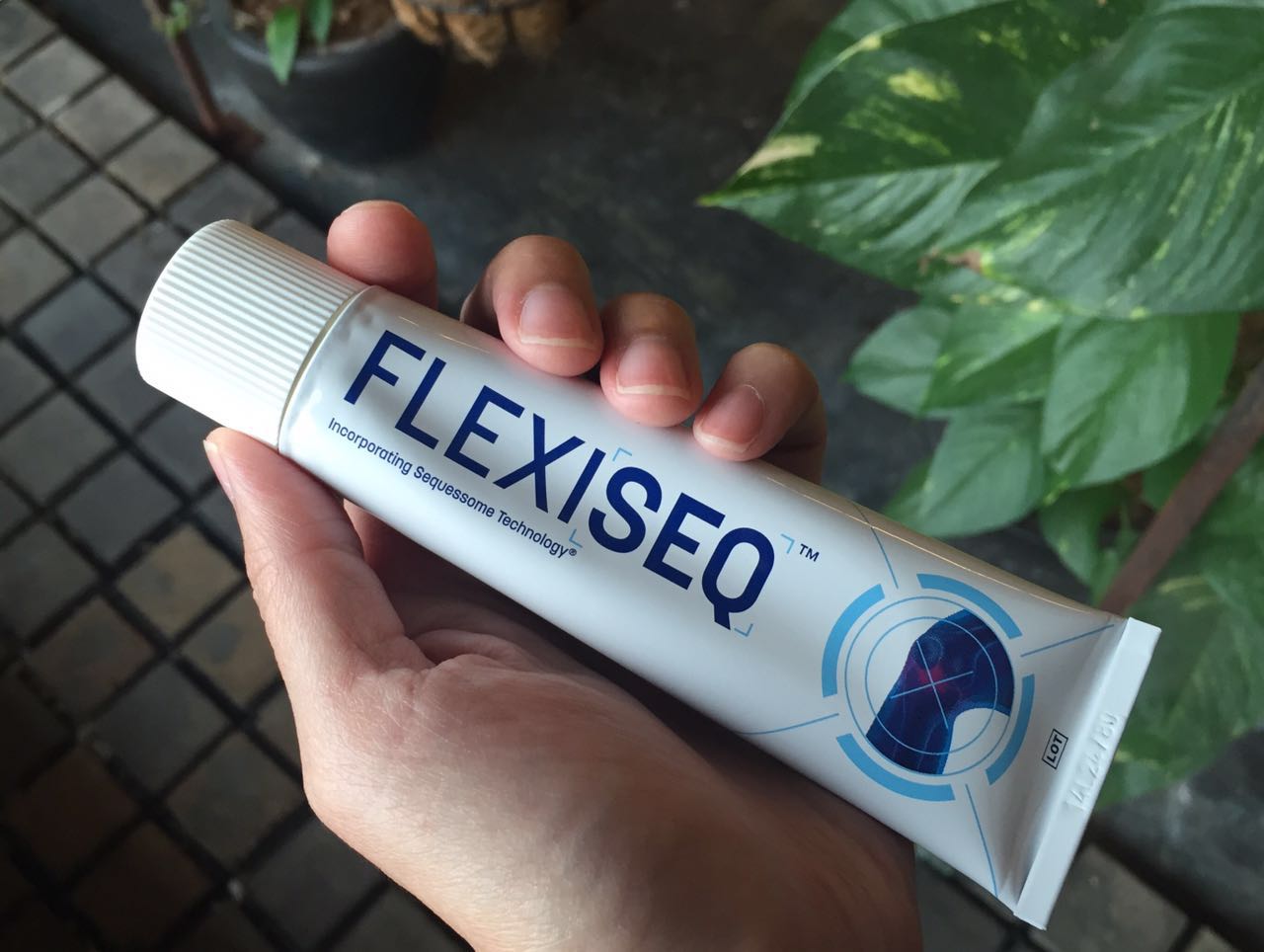These Things You're Doing Everyday Will Hurt Your Body In The Future
You're probably guilty of at least three of these!
Your lifestyle today can determine your health in the future. You don't need a fortune teller to reveal that your unhealthy habits will cause your body to suffer in the long run.
While some unhealthy habits are obvious such as sunbathing, which can lead to irreparable damage to your skin or smoking which can cause cancer, there are simple activities you're doing (or not doing) now that could actually lead to a lot of pain later.
Aches, pulled muscles or a twisted ankle are so common that you probably just ignore them. But the truth is, they could later be the cause of something far more serious, like osteoarthritis.
Never heard of it?
Well, osteoarthritis is a breakdown and eventual complete loss of cartilage. Ouch!
While OA commonly affects people in their 40s, doctors have noticed a trend of younger people falling victim to it :( The cause isn't 100% clear, but medical professionals have narrowed down everyday activities that can lead to it.
1. Parking as close as possible to the entrance
We all do this - park as close as possible to the entrance of the mall, the office... anywhere! Just so we don't have to walk too far.
But if the muscles that run along the front of the thigh are weak, you have an increased risk of painful knee osteoarthritis. Fortunately, even relatively minor increases in the strength of these muscles, the quadriceps, can reduce the risk.
So add a little walking to your routine, every step counts to maintaining healthy joints!
2. Not eating enough of this fatty food
Before you get too excited at the thought of eating fatty food, we're talking about Omega-3 fatty acids, which are healthy fats that reduce joint inflammation. That means no fried chicken, roti canai, french fries, and other saturated- or trans-fat foods.
Instead, opt for mackerel, salmon, fish liver oil, walnuts, tuna, and sardines!
Although no specific diet has been shown to prevent osteoarthritis, certain nutrients have been associated with a reduced risk of the disease or its severity.
3. Not paying attention to small injuries
Because cartilage doesn't heal well, an injured joint is nearly seven times more likely to develop arthritis than one that was never injured. Fractures, dislocations – even ligament tears and strains – can significantly increase the risk of OA.
Although injuries aren't always avoidable, it pays to protect your joints. And if you do injure yourself, don't just ignore it but treat it. Apply medicated creams such as Flexiseq at your injured joints to ease pain and stiffness.
4. Wearing those killer high heels
While they may make your legs look sleek and toned, high heels could also be causing long-term damage to your joints. Because of the pressure high heels put on your joints, by wearing them regularly, you are at greater risk of damaging the cartilage in your knees and developing osteoarthritis.
5. Getting stuck in traffic
Posture, both good and bad, absolutely can have an impact on osteoarthritis. How does bad posture affect osteoarthritis? Chronic bad posture places abnormal chronic stresses on your body. These stresses make it harder for your muscles to take the pressure off your joints-and your joints end up paying the price.
So while you can't really help getting stuck in traffic, you should definitely make an effort to keep good posture and shift positions often!
6. Avoiding the sun
One study of participants in the Framingham Study found that people who have knee osteoarthritis and low blood levels of vitamin D are three times more likely to experience disease progression, compared to people with high levels of the vitamin.
Your body makes most of the vitamin D it needs in response to sunlight. You can get more vitamin D in your diet by eating fatty fish such as salmon, mackerel, tuna, sardines, and herring; vitamin D-fortified milk and cereal; and eggs.
7. Doing high-impact exercise on repeat
Exercise is important to build muscle strength and protect your joints, but high-impact activities like running may cause joint pain. When joints are inflamed, don't force yourself to do more than you can. Instead, try gentle range-of-motion exercises like stretching to keep your joints flexible.
8. Being okay with being overweight
Being overweight strains the joints, particularly those that bear the body's weight such as the knees, hips, and joints of the feet, causing the cartilage to wear away.
Obesity is clearly a risk factor for developing osteoarthritis. Studies show obese women were nearly four times as likely as non-obese women to have osteoarthritis. The risk for obese men was nearly five times greater than for non-obese men.
Weight loss of at least 5% of body weight may decrease stress on the knees, hips, and lower back.
9. Spending too much time chilling
OA becomes more common as people age, though why this occurs isn't clear.
A sedentary lifestyle can harm your health in many ways, including harming your joints. A lack of muscle strength can mean a lack of joint protection. Exercise and physical activity also seem to have some anti-inflammatory effects.
Ultimately, the best defense against any disease, including OA, is a healthy lifestyle. The way you eat, exercise, sleep, manage stress and interact with others can have a tremendous influence not just on overall health, but also on the health of your joints.
Prevention is always better than a cure, but naturally, we can only do so much
In the case of osteoarthritis, you may have a genetically disposition for the disease :(
For chronic joint pain and osteoarthritis sufferers, there are few effective treatments that can be used safely for long periods. Which is why Flexiseq is a great solution to the very painful problem.
Flexiseq uses Sequessome Technology to deliver key lubricating ingredients to joints to provide targeted relief from pain and joint stiffness. This drug-free, physical action means that Flexiseq products are clinically proven for osteoarthritis sufferers and have the following key benefits:
- Relieves pain and joint stiffness
- Improves mobility and physical function
- Avoids side-effects of commonly used painkillers
- Safe to use long-term and alongside medications, including painkillers
Pick up a tube at a pharmacy close to you. For more information, check out the Flexiseq Facebook Page.











